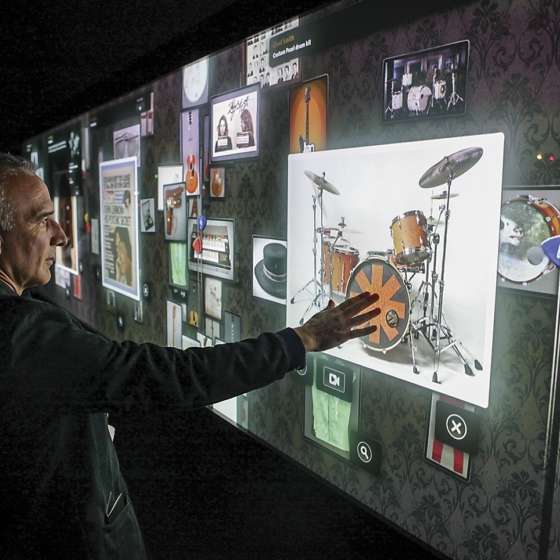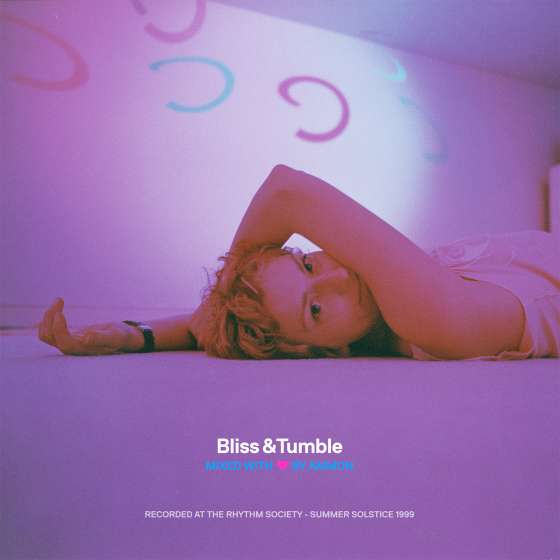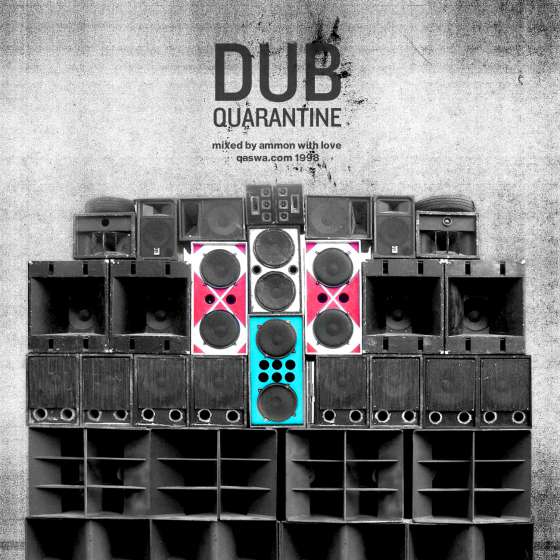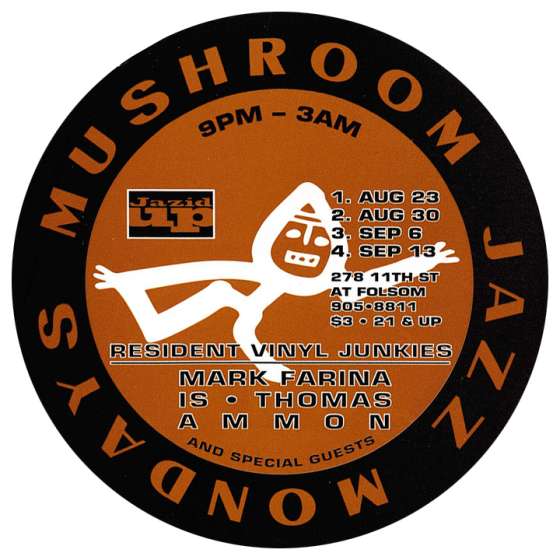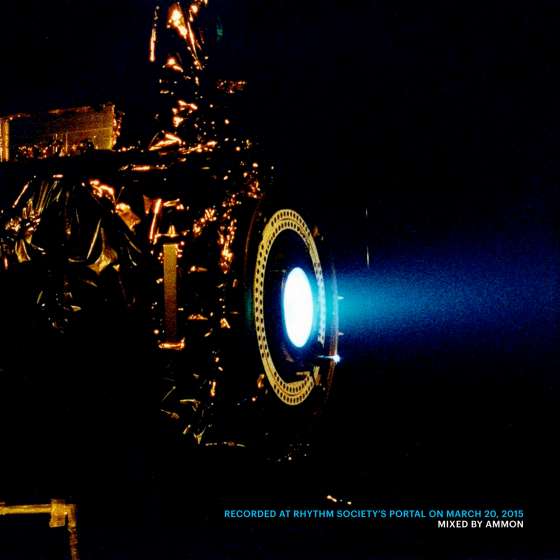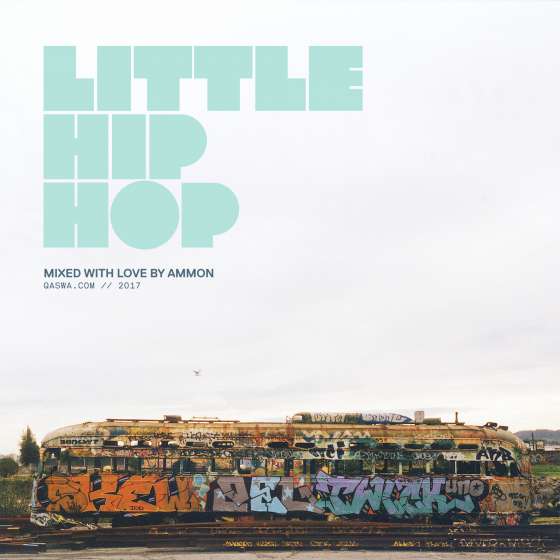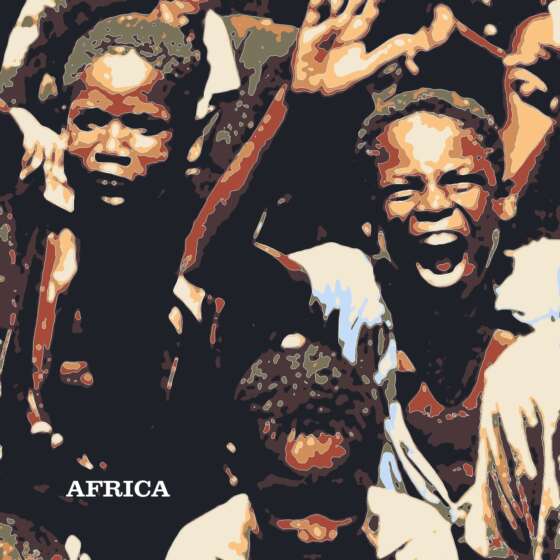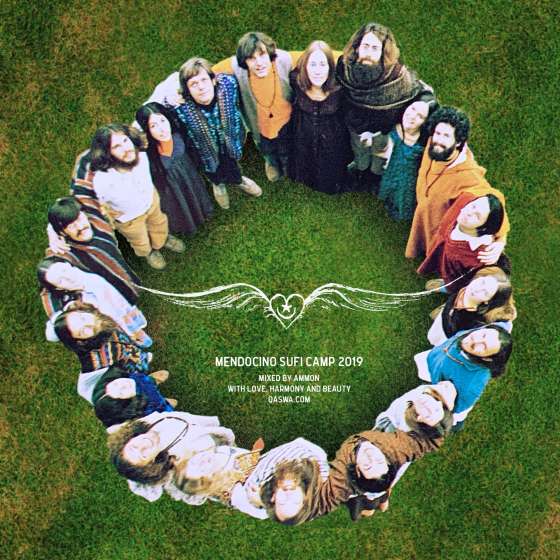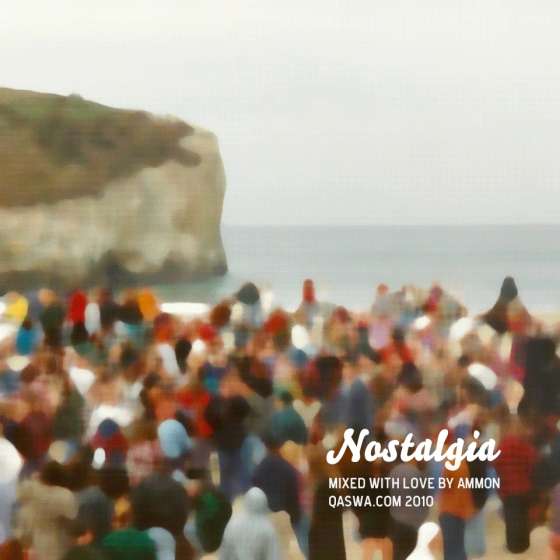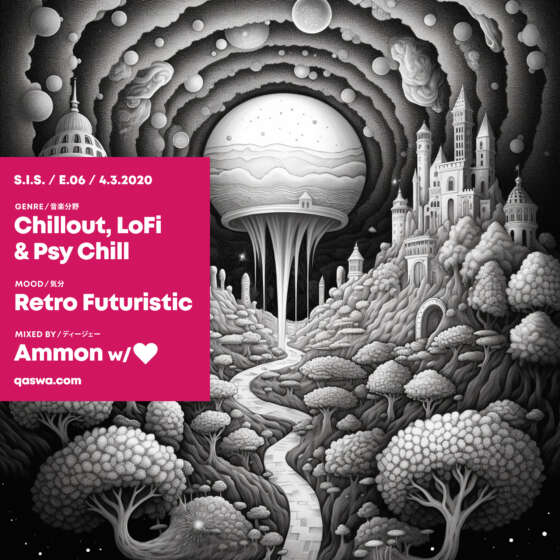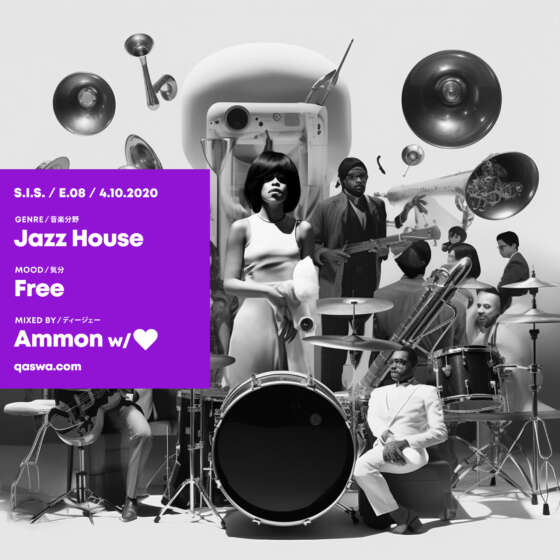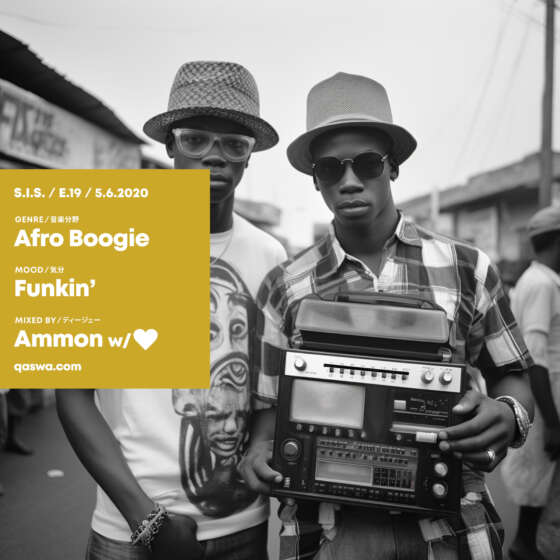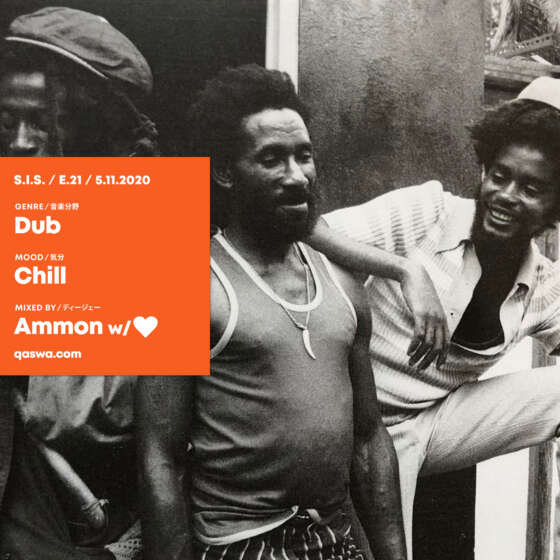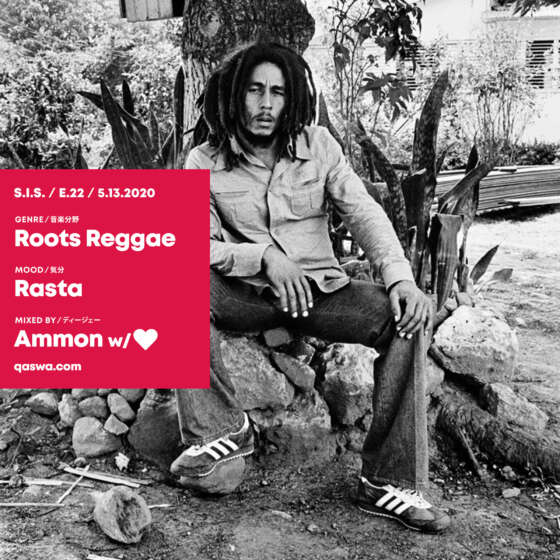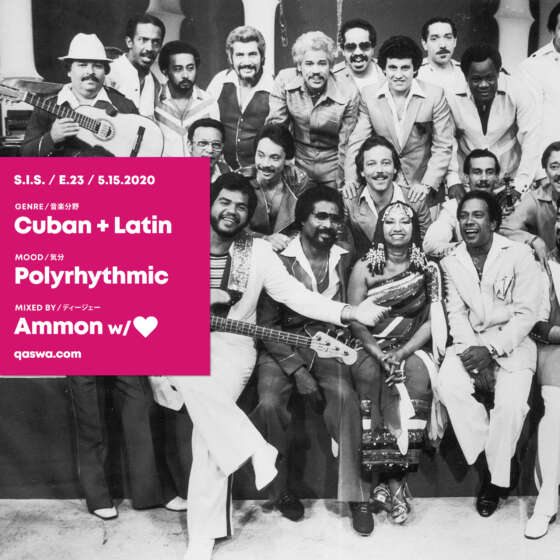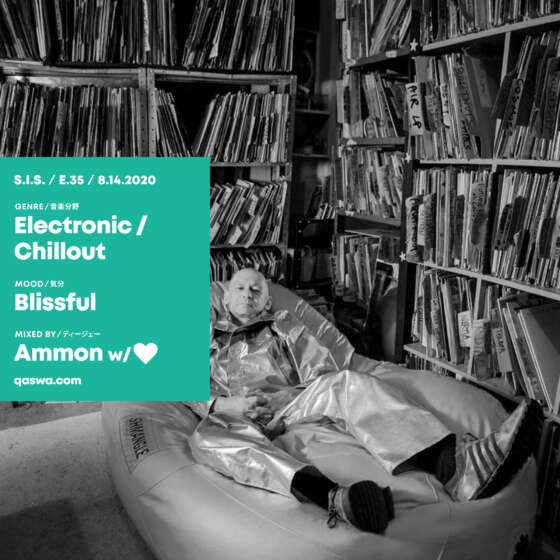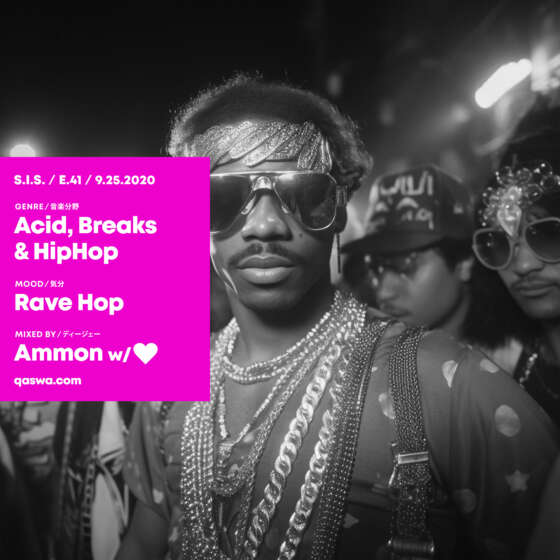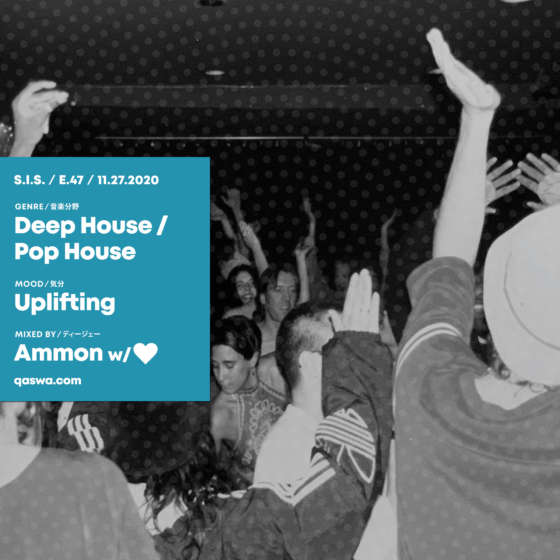Folksonomic Musicology
A number of years ago I was speaking with W.A. Mathieu, a brilliant musician, composer, writer, and family friend, about some ideas I had regarding methods for web-based experiential discovery. When I was done rambling he turned to me and said “you’re a taxonomist”. At the time my understanding of taxonomies were limited to animal and plant classification. The comment was intriguing and I spent some time learning more about the world of taxonomies, of particular interest were the subjects of folk taxonomies and folksonomies - taxonomies organically derived from collaboration and cultural knowledge. I realized that the essence of my work was about deriving meaning and order from complex systems — practically the definition of the taxonimic process.
My new found understanding revealed, in a new light it seemed, a long-time obsession of mine — my process for classifying music. For as long as I can remember, I’ve disliked how music is described and classified. Genres and popular terms have never served my needs in terms of explaining the substance of the music.
The first album I bought at age 10, AC/DC’s Dirty Deeds Done Dirt Cheap, was defined as a “Rock” album in the record store. This particular classification feels apt in this case, but lacks any specific detail as to what this album sounds like, what mood it invokes, or the intention of the musicians. We're left to rely on the album cover, song titles, and prior knowledge. I remember at some point thinking: “What is rock?, Is it a music style or a concept?”.
As my interest in music grew, my distaste for genre classification also grew. What was supposed to be a tool for organization was often preventing me from finding what I was looking for. The existence of genres acts as a crutch to the music industry where they can avoid the difficult task of actually defining the music. Here’s a short list of what I would like to know about a song, album or artist that I feel is not so subjective that one couldn't make a suggestion:
- Lineage - how does the music fit into the evolutionary progression?
- Mood - is it uplifting, melancholy, peaceful?
- Energy - from a scale of 0 - 10, what is the energetic intention?
My love of music transitioned into a desire to share the music I had discovered. I began DJing in the early 90s and quickly became a nearly full time passion. I soon discovered the importance of understanding various qualities of the music in order to create an intentional musical experience. I began marking my records on the inner label with indicators of tempo, energy and mood. This allowed me to more freely transition between different records, but which share similar characteristics. For example, if two song share the same tempo and energetic intention, it doesn’t matter that one is a different genre than the other. This idea greatly expanded my understanding of what was possible.
Over many years the scribbles on the labels evolved into a sophisticated classification language placed on carefully positioned labels in the corners of the record sleeves. The label position allowed for quick scanning without removing the record. The language evolved primarily from diminution of descriptive expressions. An example of a label on an EP:
1. 112 lb W per jz / 2. 104 up V wb grv / 3. 92 dt v ele grv :) / 4. 120 lb V tek grv
Translation: The first number is the track number. Second is the tempo. Then the description is broken into 1-3 character long descriptions. Order defines relevance and uppercase is an emphasis. The first one says it’s a laid back, weird, percussive, jazz song. The second is an upbeat, heavily vocal, non-standard (not 4/4) rhythm, and with a “groove” energetic intention. In song three, it’s feeling is downtempo in addition to the tempo being slow, has a understated vocal element, is predominantly electronic, and has a groove intention. In song four, the new element tek, describes a techno music format of repetitious four-on-the-floor rhythm and sound.
My classification has evolved to include a very wide range of musical genres. I’ve yet to find a music style that can’t be described in a simple and condensed way. Part of the success of this system is the personal relationship with the language. The act of thinking about how to describe a piece of music, then how to translate that into a condensed form, becomes interlocked with the music itself. At a later point in time, simply looking at the notation reveals the meaning - essentially unlocking the memory from the subconscious.
While this method is clearly personal, it’s not intended to be cryptic. It’s easily interpreted by anyone with a general knowledge of the music being described. It’s important that the language doesn’t become too obscure since it would be easy for the creator to forget its meaning.
One interesting evolution in my system has been moving from vinyl records to digital files. The first thing I noticed was that I had a more difficult time remembering the music when looking at the label in digital form. I believe this is because much of the recall comes from seeing the hand written form - where subtle signs of excitement and other emotions can be captures.
Here’s my current system of music classification for anyone who’s interested.
- I’m currently using iTunes, though I’ve always felt it treats music in all the wrong ways, still seems to be the best tool for my needs.
- I only add music that I really like - I preview the music in the finder before I add it and I only purchase songs I really like off an album. Less is more.
- I correct the genre. I’ve now decided to join the camp that genres shouldn’t be overly descriptive. As you’ll see I don’t extensively use genres to find music, but it’s useful in understanding the context of the descriptions.
- I use the comment fields to “tag” my music using my classification convention.
- I rate songs between 2-5. If it’s rated as 1 it means I forgot to delete it for some reason. Ratings of 2 get usually get deleted after a second listen. I use the composer field to store my rating (this may be sacrilege to the composers out there, but personally I don’t care and it’s a good field for storing persistent info that I can sort by to re-rate my songs if they move between platforms).
Now, with the organization in place, I can set up smart playlists that filter my tags and genres to create very intentional groupings of songs. While this isn’t perfect, it’s a whole lot better than it’s ever been. I’m interested in other approaches that work, so please add your suggestions.
While my classification system can't be classified as a folksonomy due to the lack of a social component, I feel social classification is the key to understanding and organizing music. It seems places like allmusic.com understand lineage and mood, while DJ culture in general understands energy and tempo. If we could bring all these ideas together into a collective definition of music intent, I feel the literacy of music listeners would greatly increase, as well as the ability to make sense out of their music collections.
Posted
Jan 2, 2011







